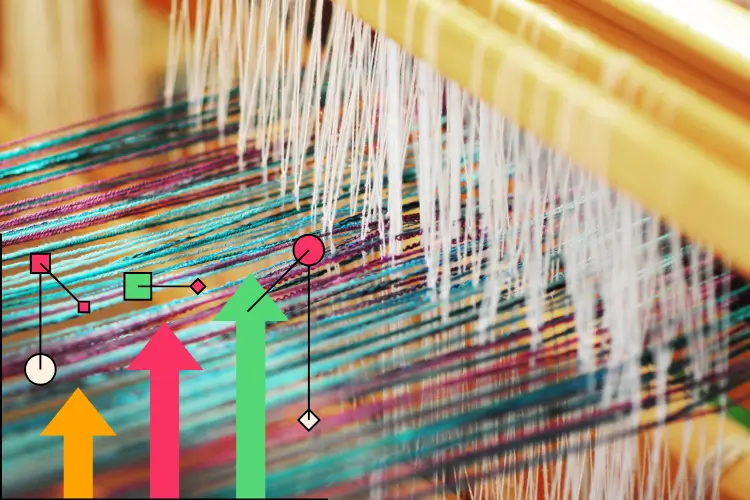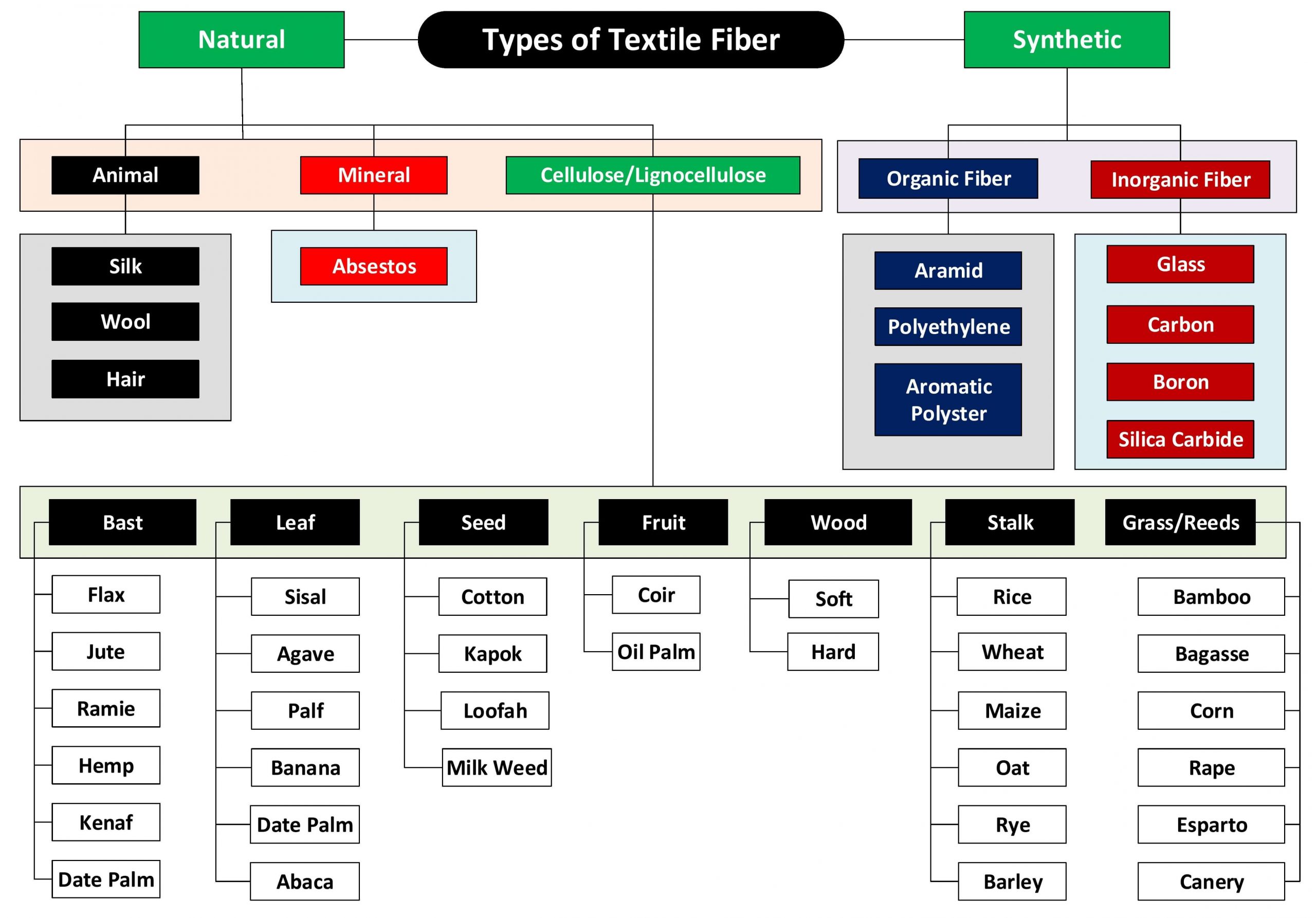Introduction
In an era where technology touches every aspect of our lives, the fashion industry is no exception. Innovations in fabrics and textiles are setting the stage for a future where clothes go beyond style and function, becoming interactive components of our digital lives. From materials that adapt to our body temperature to textiles that clean themselves, the future of fashion is brimming with possibilities. This evolution is not just about the novelty; it’s a response to a growing demand for sustainability, functionality, and personal expression in what we wear. Among the pioneers of this revolution, the concept of cyber-techwear offers a glimpse into a future where fashion meets functionality in the most futuristic sense.
Sustainability and Eco-Friendly Innovations
Recycled and Biodegradable Materials
In the quest for more sustainable fashion, the industry is turning to recycled and biodegradable materials as a way to reduce its environmental footprint. Companies are innovating by using recycled plastics and textiles to create new garments, significantly reducing waste and the need for virgin resources. Biodegradable fabrics, on the other hand, offer an end-of-life solution where clothes can decompose naturally without leaving harmful residues behind. This shift not only addresses waste management issues but also aligns with the growing consumer demand for environmentally responsible products.
Lab-Grown Leather and Fabrics
The development of lab-grown leather and fabrics represents a groundbreaking shift in material science, offering an ethical and sustainable alternative to traditional animal leather and other materials with high environmental costs. Using cellular agriculture and fermentation processes, scientists can now grow leather in labs without harming any animals and with a fraction of the environmental impact. This technology is poised to revolutionize the fashion industry by providing materials that are not only cruelty-free but also superior in durability and versatility.
Waterless Dyeing Techniques
Traditional dyeing methods are among the most water-intensive and polluting aspects of the fashion industry. In response, innovative waterless dyeing technologies are emerging, using supercritical CO2 or digital printing techniques to apply colors without using vast amounts of water. These methods significantly reduce pollution and water use, offering a more sustainable alternative that doesn’t compromise on the quality or vibrancy of the textiles.
Wearable Technology and Smart Fabrics
Conductive Fabrics for Smart Clothing
The integration of conductive fabrics into clothing is opening up new possibilities for wearable technology. These materials allow for the seamless incorporation of electronic components into garments, enabling a range of functionalities from health monitoring to changing the garment’s appearance. Imagine a jacket that can charge your smartphone or a dress that changes color based on your mood; conductive fabrics are making these concepts a reality.
Self-Healing and Self-Cleaning Textiles
Imagine spilling coffee on your shirt, and it cleans itself, or a snag in your sweater healing on its own. Self-healing and self-cleaning textiles are not far from becoming everyday realities. Utilizing nanotechnology and advanced polymer sciences, these materials can repel stains, eliminate odors, and even repair minor damage without human intervention. This technology not only extends the life of garments but also drastically reduces the need for frequent washing, saving water and energy.
Temperature Regulation
Advancements in textile technology have led to the development of fabrics that can adapt to the wearer’s body temperature and the surrounding environment. These materials can provide insulation or cooling effects as needed, enhancing comfort and performance in various climates. From phase change materials that absorb and release heat to fabrics that increase breathability based on humidity and temperature, these innovations are setting new standards for comfort and functionality in clothing.
The Fusion of Fashion and Virtual Reality
Digital Fashion and NFTs
The digital realm is becoming an increasingly important space for fashion, with virtual garments and accessories gaining popularity. Digital fashion items, often sold as NFTs (Non-Fungible Tokens), allow designers to push the boundaries of creativity without the limitations of physical materials. Consumers can collect and even wear these digital pieces in virtual environments, signaling a new era of personal expression and ownership in the digital age.
Virtual Try-Ons and Augmented Reality Shopping
Augmented reality (AR) is transforming the shopping experience by allowing consumers to try on clothes virtually before making a purchase. This technology not only enhances the online shopping experience but also helps reduce the environmental impact of returns. AR and VR are bridging the gap between physical and digital retail, offering immersive and personalized shopping experiences that were unimaginable a few years ago.
Among the pioneers leading the charge in this new era of fashion, cyber-techwear stands as a testament to the potential of blending cutting-edge technology with urban style. It exemplifies how technological integration in textiles can transcend traditional boundaries, offering garments that are not only functional and futuristic but also deeply embedded with the ethos of sustainability and innovation.
Conclusion
As we’ve navigated through the intersection of technology and textiles, it’s clear that the future of fashion is not just about aesthetics but also about innovation, sustainability, and smart functionality. The advancements in eco-friendly materials, wearable technology, and digital fashion spaces are not merely trends but are indicative of a paradigm shift in how we view and interact with our clothing. These innovations promise a future where fashion is more personal, interactive, and conscientious than ever before.
In this rapidly evolving landscape, the role of designers and consumers becomes increasingly dynamic. Designers are not just creators of clothing but architects of experiences, blending art with technology to meet the growing demands for sustainability and functionality. Consumers, on their end, are offered an unprecedented level of interaction and personalization with what they wear, empowering them to make choices that reflect their values and lifestyle.
The journey through sustainable materials, smart fabrics, and the fusion of fashion with virtual realities illustrates a rich tapestry of possibilities. It challenges us to rethink our relationship with clothing and opens up new avenues for creative expression and environmental responsibility. As we look towards a future where our garments can adapt, communicate, and even rejuvenate, the essence of what it means to wear and interact with fashion is being redefined.


